Am Anfang meiner fotografischen Karriere ging es mir wie wahrscheinlich den meisten Beginnern; ich wollte meine Motive möglichst groß im Bild, am besten formatfüllend vor einem einfarbigen Hintergrund fotografieren. Hin und wieder ergab sich dazu auch die Gelegenheit, meistens hatte ich aber nicht den Luxus. Zum einen hatte ich oft keine Vögel mit genügend Abstand zum Hintergrund, zum anderen hatte ich damals aber auch nur ein 70-300mm-Objektiv, da es noch keine 150-600mm-Objektive gab. Vielleicht hätte sich dadurch mein Geschmack ganz anders entwickelt.
Irgendwann hat sich bei mir was getan; ich habe gemerkt, dass es auch durchaus seinen Reiz haben kann, die Umgebung der Tiere mit ins Bild zu nehmen. Mit zunehmender Übung habe ich auch immer besser gesehen dass es diese Möglichkeit auch gibt. Zunehmend fand ich den Mainstream langweilig, mir fehlte die Abwechslung und es schlich sich die Sichtweise ein, dass Vögel vor einem glattgebügelten Hintergrund jeder hinbekommen kann.
Dadurch wurde der Reiz natürlich noch größer, noch mehr andere Bilder zu machen. Mit der Zeit habe ich auch immer mehr gelernt, die Umgebung der Tiere mit ins Bild einzubeziehen. Durch den selbst auferlegten Zwang, Bilder mit Umgebung zu machen, wurden aber auch immer mehr Bilder schlecht, weil ich nur noch und immer versucht habe, Birdscapes zu fotografieren. Dadurch hatte ich lange Zeit gefühlt keinen Fortschritt in meiner Fotografie, was mir fast zum Verhängnis geworden ist und ich das Hobby fast aufgegeben hätte.
Inzwischen bin ich aber zum Glück an einem Punkt angekommen, dass ich immer öfter in ungeeigneten Momenten auch darauf verzichte, auf den Auslöser zu drücken und stattdessen einfach den Moment genieße. Hin und wieder mache ich natürlich trotzdem auch noch in ungeeigneten Situationen Fotos, allerdings schaffe ich es dann meistens, zumindest nicht enttäuscht zu sein, wenn die Fotos nichts geworden sind.
An sich ist das auch immer noch meine liebste Art der Tierfotografie, allerdings bin ich nicht mehr unbedingt bestrebt, möglichst viele Elemente der Umgebung mit auf meine Bilder zu bekommen, sondern mache auch oft Fotos, die eher dadurch funktionieren, dass das Motiv viel Platz zum Atmen, vor einem möglichst einfachen Hintergrund hat.
Finding my current style
When I picked up photography as a hobby, my goal was the same as most beginner‘s; I‘d like to have my subject as big in the frame as possible, preferably with a plain background. Sometimes I was lucky enough, but most of the time I didn‘t get the opportunity. On one hand, the situations weren‘t as optimal with a distant background and on the other hand I just had a 70-300mm lens. At this time, there were no 150-600mm lenses around, if they were, maybe my style evolved in a different direction.
After a while, I noticed that I enjoyed seeing the environment of my subject. The more I practiced this approach, the better got my vision to see these opportunities. I changed to see the mainstream of photographers as boring and I thought that anybody could take a nice picture of a bird in front of a simple background.
Going straight along with this view was the wish to only take pictures with an environmental approach. The more I practiced, the better I got. But my aspirations got quite extrem and I tried to take such photos, even in situations not suitable for this style. Because of this I felt stuck with no obvious development in my photography, and it nearly led to me giving up photography.
Fortunately today, my view is a little different. I came to a point where I see more situations under the aspect of suitability for birdscapes, and if they aren‘t good I try to not press the shutter. And if I still do, most of the time I at least am not disappointed because I recognize the bad situation.
Even until now, my favorite style is to include some of the environment of my subject, but not to the extend that it is my goal to have as much of the surroundings in frame as possible. I strive to make more photos with breathing room for the animals, regardless if it is a plain, minimalistic background or one can see the habitat.

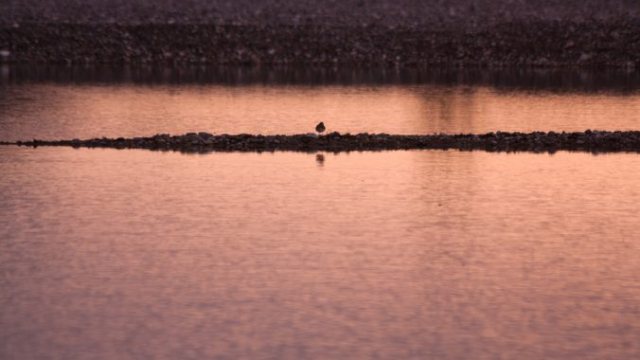

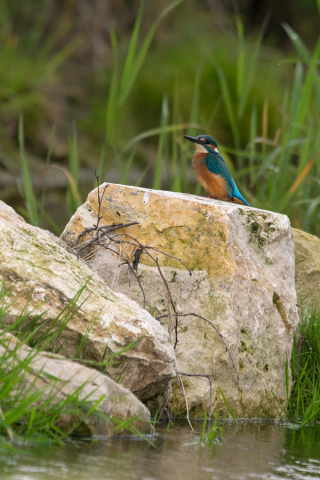

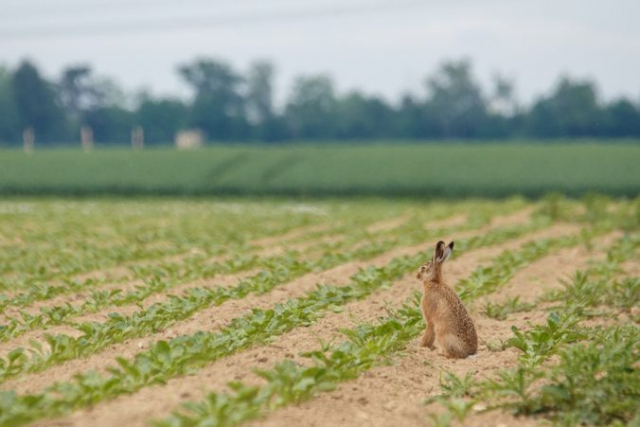
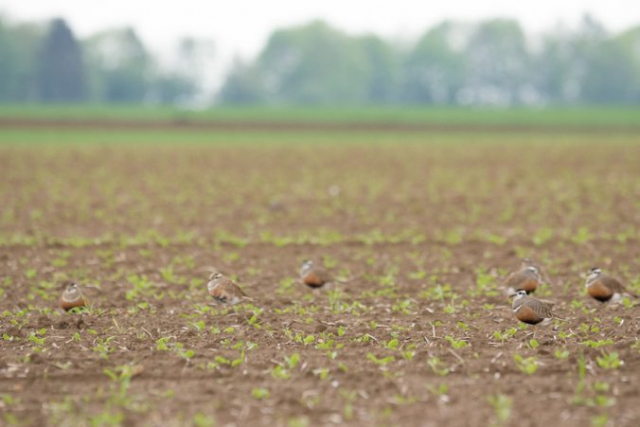

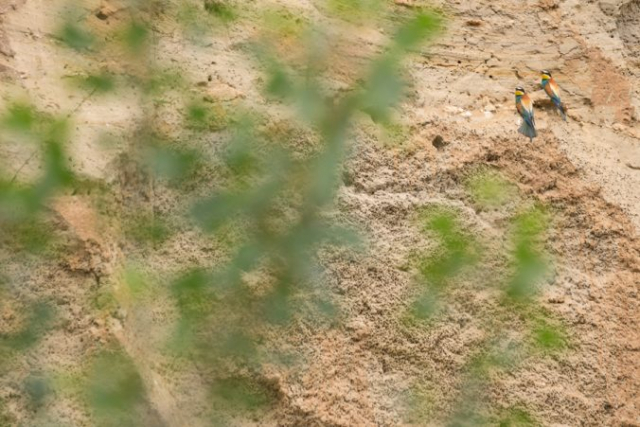

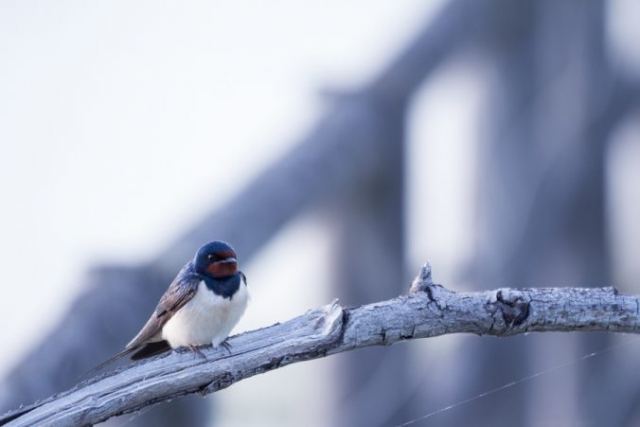
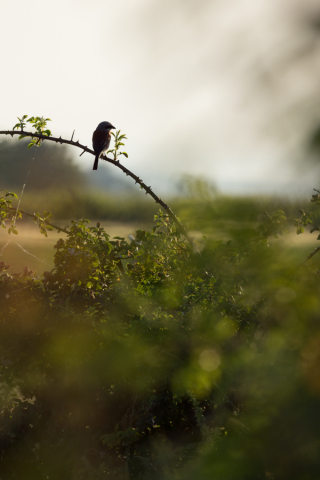
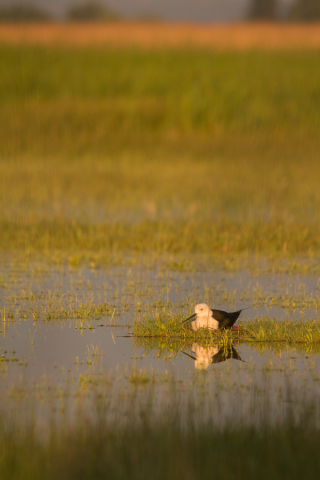

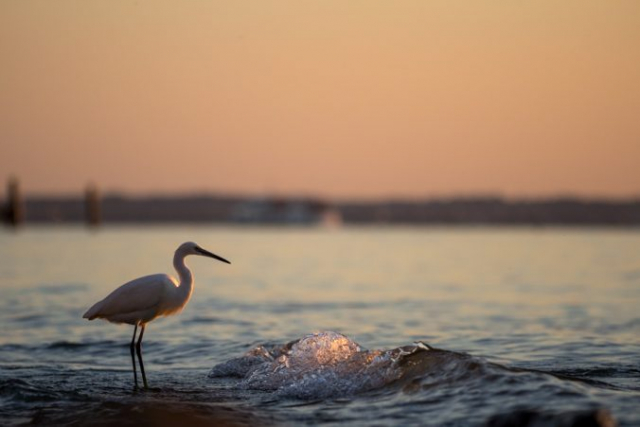
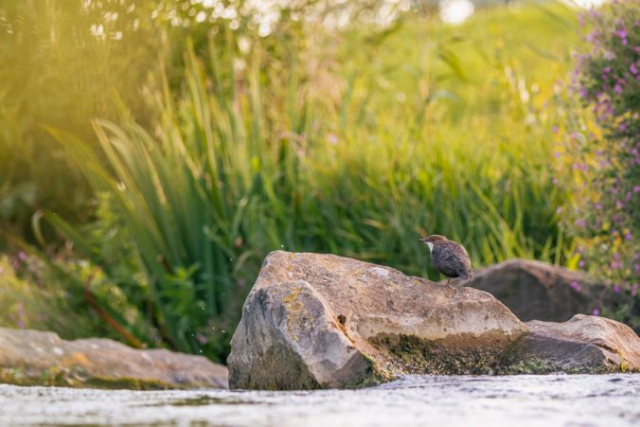
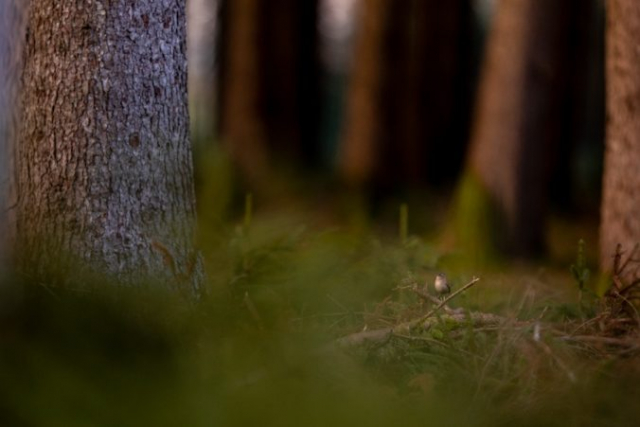
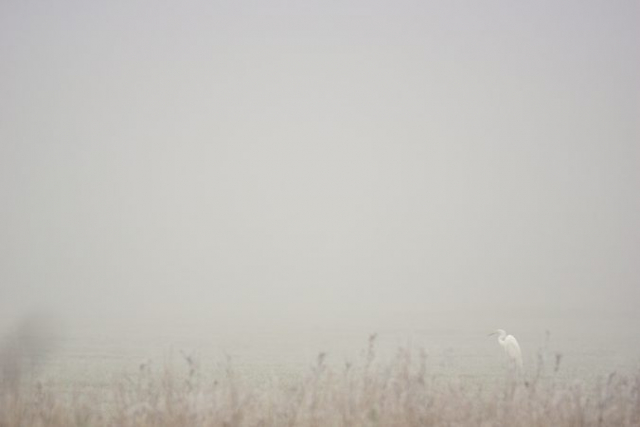


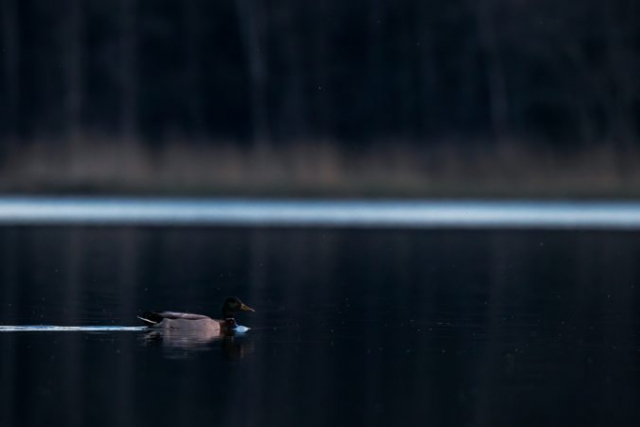
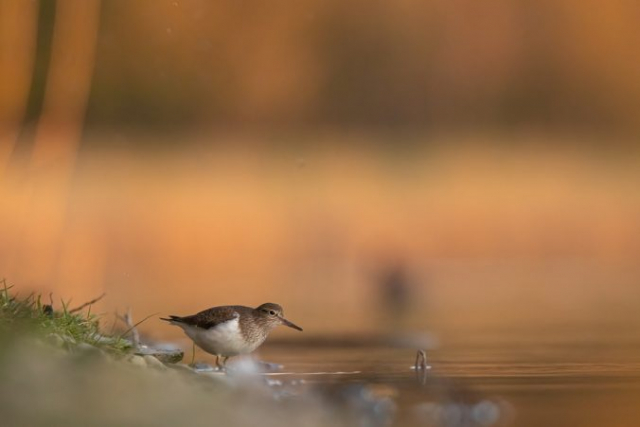
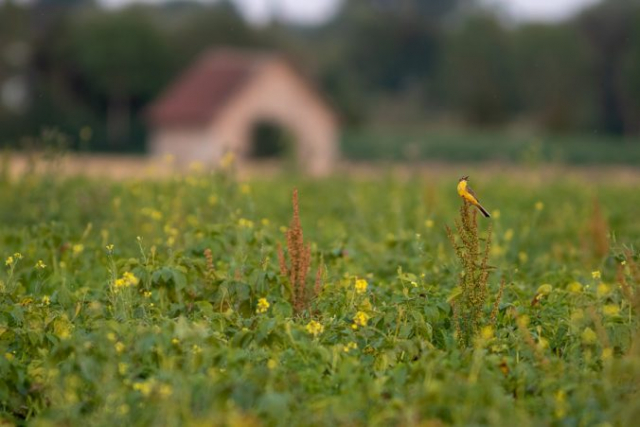



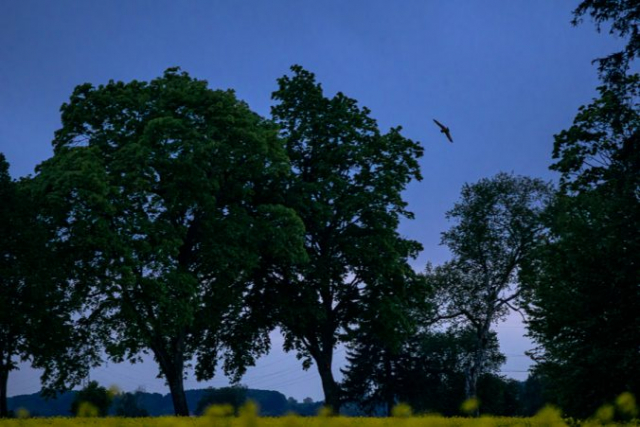
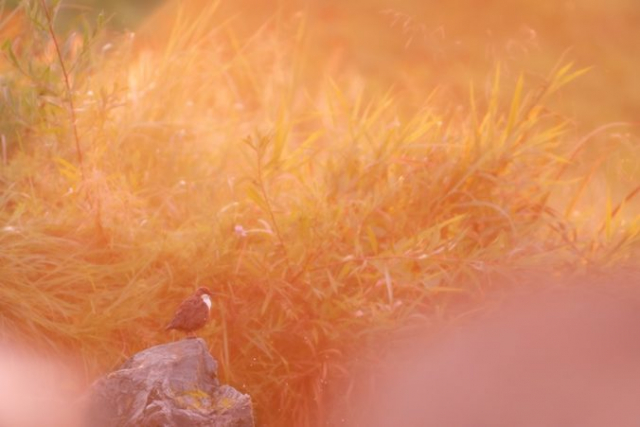
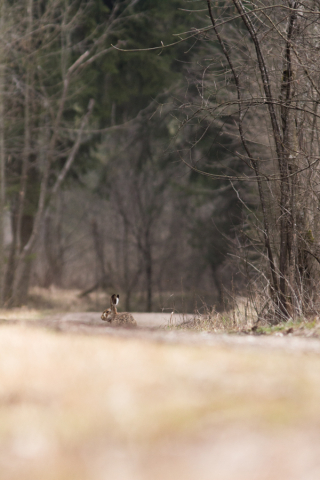
Schreibe einen Kommentar